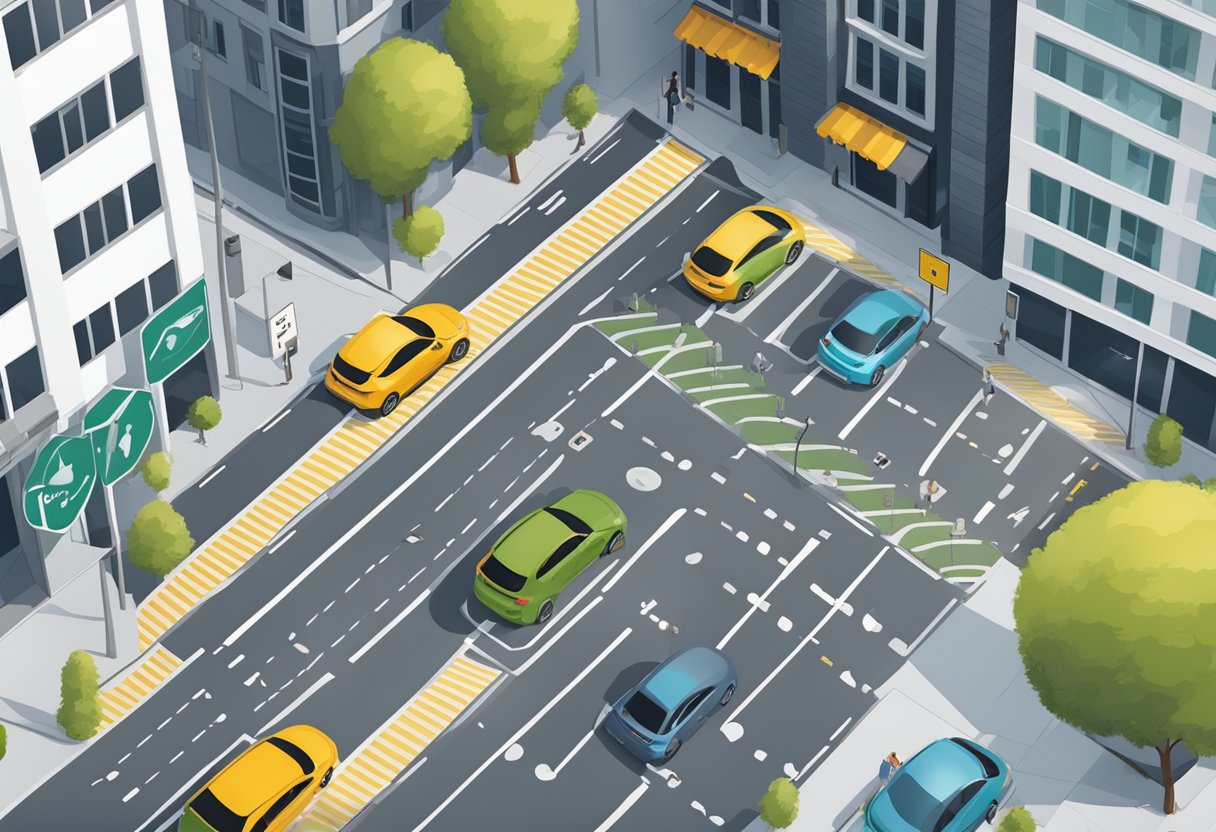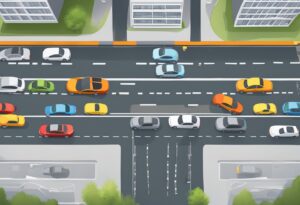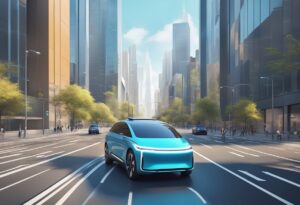Revolutionizing urban parking with smart parking technology has become an essential part of the modern urban landscape.
The rise of smart cities has led to the development of various technologies that have helped address the challenges associated with parking in urban areas.
Smart parking technology is one such innovation that has revolutionized the way people park their vehicles in cities.
The Evolution of Urban Parking has been a long and challenging journey. As cities have grown, so has the demand for parking spaces.
With the increasing number of vehicles on the roads, finding a parking spot in urban areas has become a daunting task. This has led to several problems, such as congestion, pollution, and a decrease in the quality of life.
However, with the advent of smart parking technology, these problems can be addressed effectively.
Key Takeaways
- Smart parking technology has revolutionized the way people park their vehicles in cities, making it easier and more efficient.
- The rise of smart cities has led to the development of various technologies that have helped address the challenges associated with parking in urban areas.
- Smart parking technology has the potential to improve urban mobility, reduce congestion, and enhance the quality of life in cities.
The Evolution of Urban Parking
From Traditional to Smart Parking
For decades, parking in urban areas has been a hassle for drivers and a headache for city planners.
Traditional parking systems are often inefficient, leading to congestion, wasted time, and increased pollution.
In recent years, however, smart parking technology has emerged as a solution to these problems.
Smart parking systems use a combination of sensors, cameras, and software to monitor parking spots in real-time.
This information is then relayed to drivers through mobile apps or digital signage, allowing them to quickly locate available spots.
Additionally, smart parking systems can help city planners optimize parking operations, reduce traffic congestion, and improve air quality.
Impact on Urban Mobility
The impact of smart parking technology on urban mobility cannot be overstated.
By reducing the time spent searching for parking, smart parking systems can significantly reduce traffic congestion and improve air quality.
Smart parking systems can also help city planners better understand parking patterns and make more informed decisions about parking infrastructure.
Smart parking technology is also a key component of smart city planning.
As cities become more connected and data-driven, smart parking systems will play a crucial role in optimizing urban mobility.
By leveraging the power of the Internet of Things (IoT) and other advanced technologies, smart parking systems will continue to revolutionize the way we park in urban areas.
Smart Parking Systems Explained
Smart parking systems are a revolutionary technology that has the potential to transform the way we park our cars in urban areas.
These systems are designed to make parking more efficient, reduce traffic congestion, and improve the overall driving experience.
In this section, we will explore the core components of smart parking systems and how IoT transforms parking.
Core Components of Smart Parking
Smart parking systems are made up of several core components that work together to provide a seamless parking experience. These components include:
- Sensors: These are the devices that detect the presence of a vehicle in a parking space.
They are typically installed in the ground or on a post and use various technologies such as ultrasonic, magnetic, or infrared to detect the presence of a vehicle.
- Connectivity: The sensors are connected to a central system that collects and analyzes the data they generate.
This system can be connected to the internet or a local network to enable real-time monitoring and control.
- Mobile Applications: Smart parking systems often come with a mobile application that allows drivers to find and reserve parking spaces in advance.
These applications can also provide real-time information on available parking spaces and guide drivers to the nearest available spot.
How IoT Transforms Parking
IoT technology is a game-changer for smart parking systems. It enables the automation of many of the processes involved in parking, from detecting the presence of a vehicle to guiding drivers to available parking spaces.
Some of the ways IoT transforms parking include:
- Real-time monitoring: IoT technology allows smart parking systems to monitor parking spaces in real-time, enabling them to respond quickly to changing conditions such as a sudden influx of vehicles.
- Data-driven insights: IoT technology generates a wealth of data that can be used to optimize parking systems.
By analyzing this data, smart parking systems can identify patterns and trends and make adjustments to improve the overall parking experience.
- Improved efficiency: Smart parking systems enable more efficient use of parking spaces by guiding drivers to available spots and reducing the time it takes to find a parking space.
This can help reduce traffic congestion and improve the overall driving experience.
Benefits of Smart Parking Technology
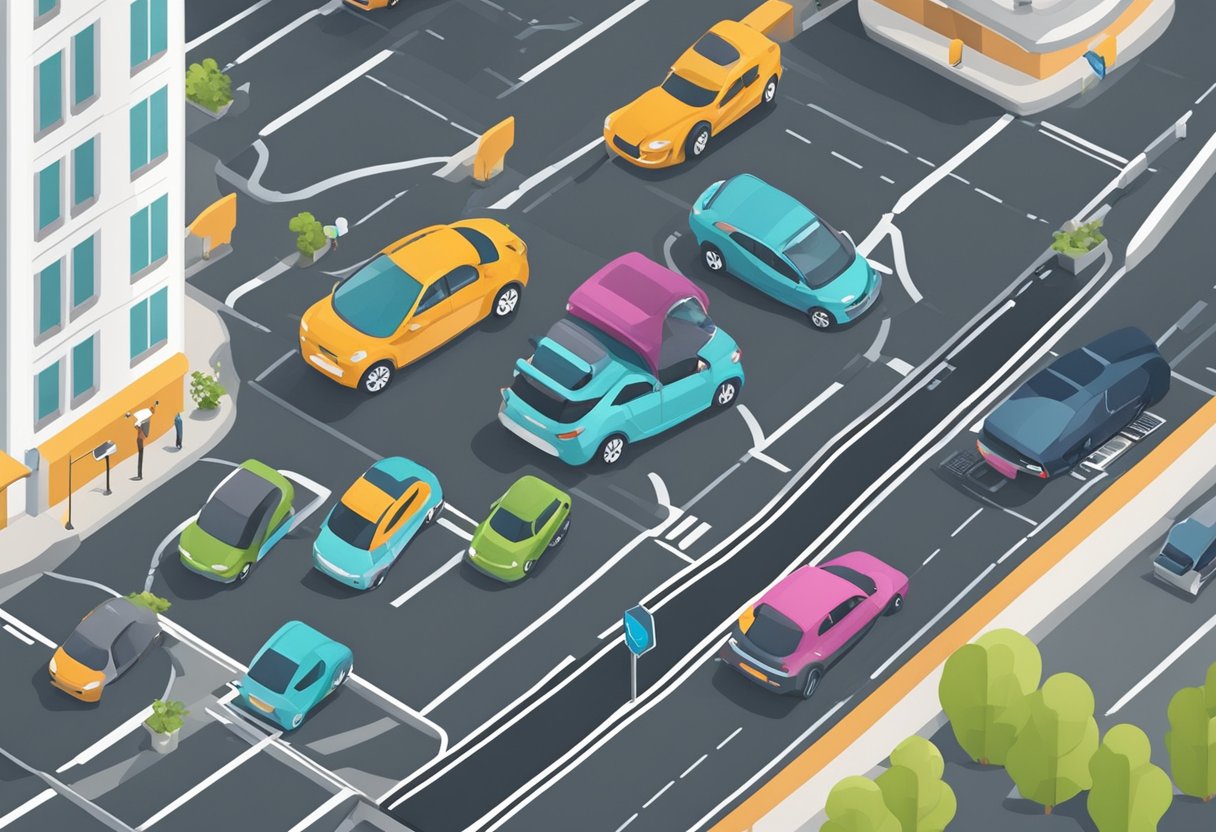
Smart parking technology is revolutionizing urban parking by utilizing sensors, data analytics, and real-time communication to transform the way we park our vehicles.
This technology offers numerous benefits for both drivers and city planners, including reducing traffic congestion, enhancing urban livability, and improving environmental sustainability.
Reducing Traffic Congestion
Smart parking technology can help reduce traffic congestion by providing real-time information about available parking spaces.
Drivers can quickly and easily find a parking spot, reducing the amount of time and fuel wasted searching for a spot. This, in turn, reduces traffic congestion and improves the overall flow of traffic in urban areas.
Enhancing Urban Livability
Smart parking technology can also enhance urban livability by improving the quality of life for residents.
With real-time information about available parking spaces, drivers can avoid circling the block in search of a spot, reducing noise pollution and traffic congestion.
Additionally, smart parking technology can help reduce the need for on-street parking, freeing up space for other uses such as bike lanes and public parks.
Improving Environmental Sustainability
Smart parking technology can also improve environmental sustainability by reducing the number of vehicles on the road and the amount of time spent searching for a parking spot.
This, in turn, reduces greenhouse gas emissions and improves air quality in urban areas.
Additionally, smart parking technology can help promote the use of alternative modes of transportation such as public transit, walking, and biking, further reducing the environmental impact of urban transportation.
Challenges and Considerations
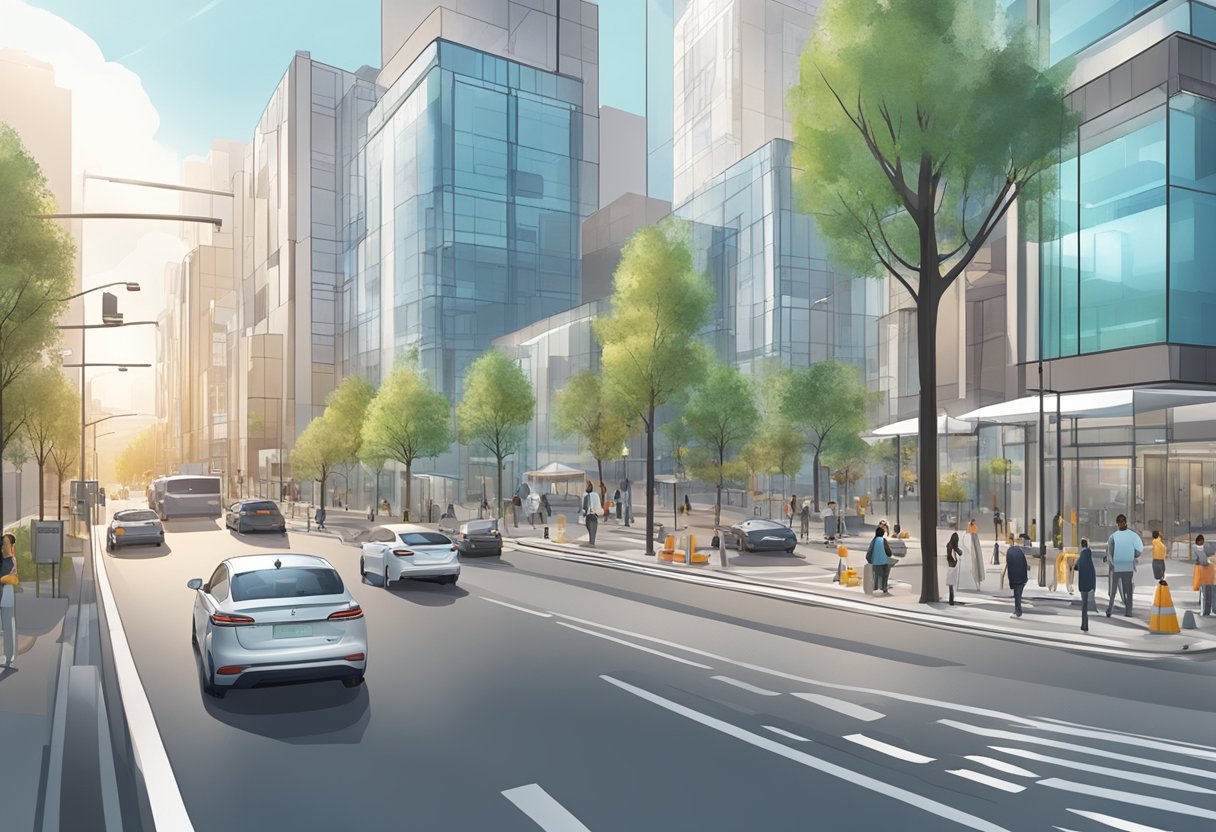
Integration with Existing Infrastructure
One of the significant challenges in implementing smart parking technology is integrating it with the existing infrastructure.
Smart parking systems require a robust and reliable communication network to function correctly. Therefore, cities need to have a comprehensive understanding of their current communication infrastructure and upgrade it if necessary.
Additionally, the installation of sensors and cameras required for smart parking technology may also require modifications to existing physical infrastructure, such as roads and parking lots.
Privacy and Security Concerns
Privacy and security concerns are also critical considerations when implementing smart parking technology.
Smart parking systems collect a significant amount of data, including license plate numbers, parking duration, and payment information.
This data needs to be protected from unauthorized access and misuse.
Cities need to have a comprehensive data management plan that outlines how data is collected, stored, and used.
Additionally, cities need to ensure that the technology used in smart parking systems is secure and cannot be easily hacked or tampered with.
The Future of Smart Parking
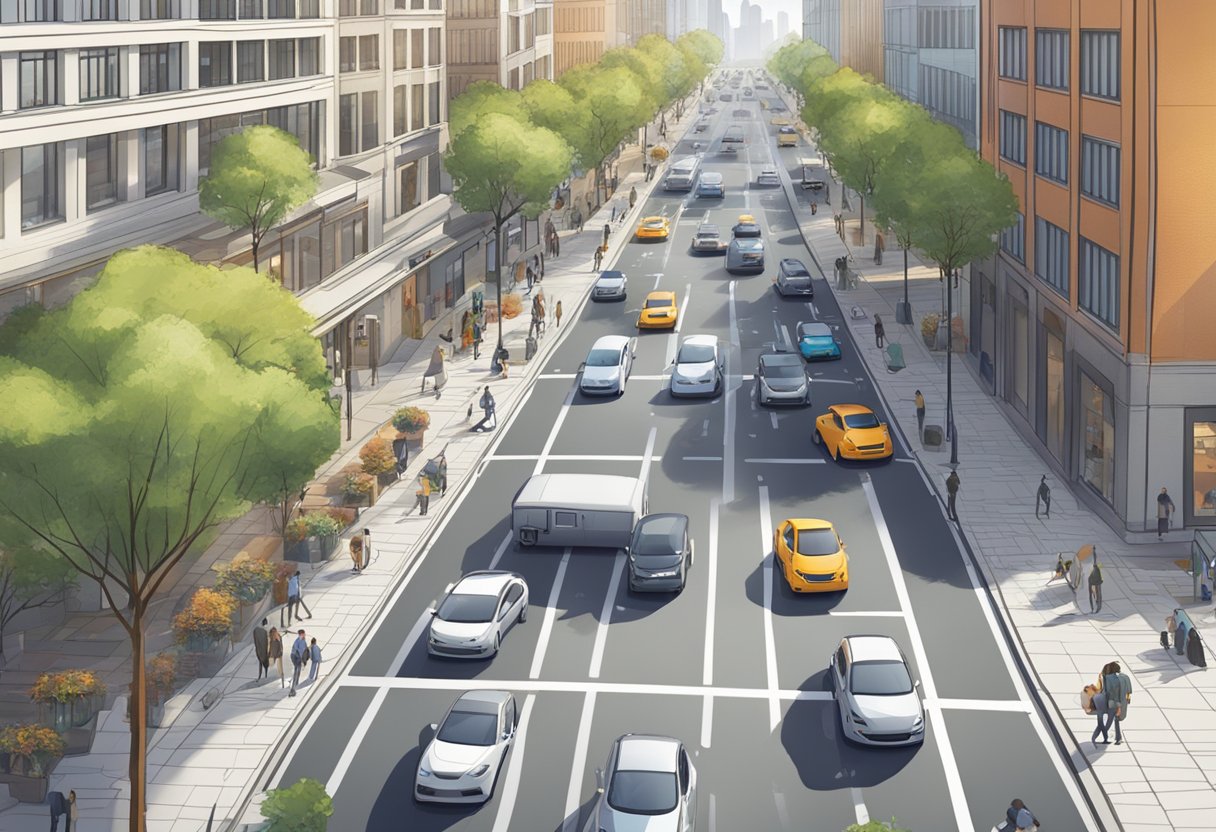
As cities become more crowded, finding a parking spot has become a serious challenge for many drivers.
Smart parking technology is revolutionizing the way we park, making it easier, faster, and more efficient.
The future of smart parking looks bright, with emerging trends in parking technology and the role of AI and machine learning.
Emerging Trends in Parking Technology
Smart parking solutions are still evolving, with advancements happening rapidly.
Integration with smart cities is one of the most significant trends in parking technology.
Parking systems could connect with other city infrastructure, optimizing traffic flow, managing street lighting, and providing a more connected urban experience.
Another trend in parking technology is the use of analytics to optimize parking spaces.
By analyzing data on parking patterns, occupancy rates, and traffic flow, parking systems can direct drivers to available spots and reduce congestion.
This technology can also predict parking availability, allowing drivers to plan their trips and avoid wasting time searching for a spot.
The Role of AI and Machine Learning
Artificial intelligence and machine learning are playing an increasingly important role in smart parking technology. These technologies can help parking systems learn and adapt to changing conditions, making them more efficient and effective.
For example, AI-powered parking systems can use sensors to detect when a car enters or leaves a parking spot. This information can be used to update parking maps in real-time, allowing drivers to see available spots and avoid congestion.
Machine learning can also be used to predict parking demand. This allows parking systems to adjust rates and availability based on demand.
In addition to improving parking efficiency, AI and machine learning can also help with autonomous parking. Autonomous parking systems can use sensors and cameras to detect obstacles and navigate parking lots, allowing cars to park themselves without human intervention.

